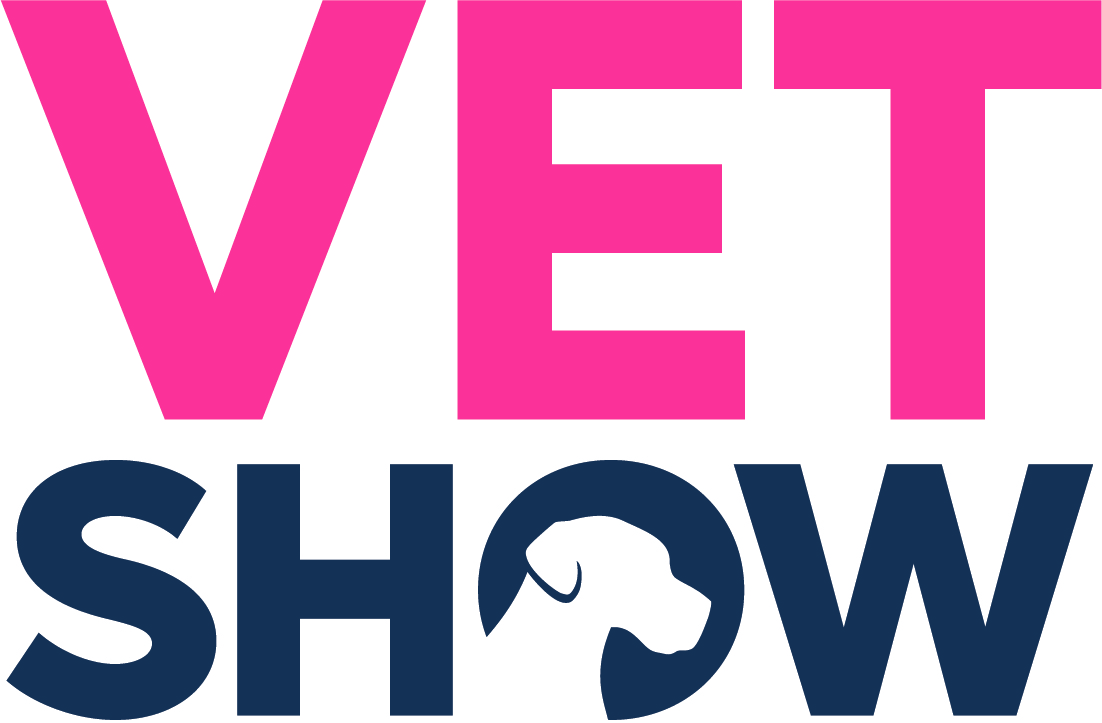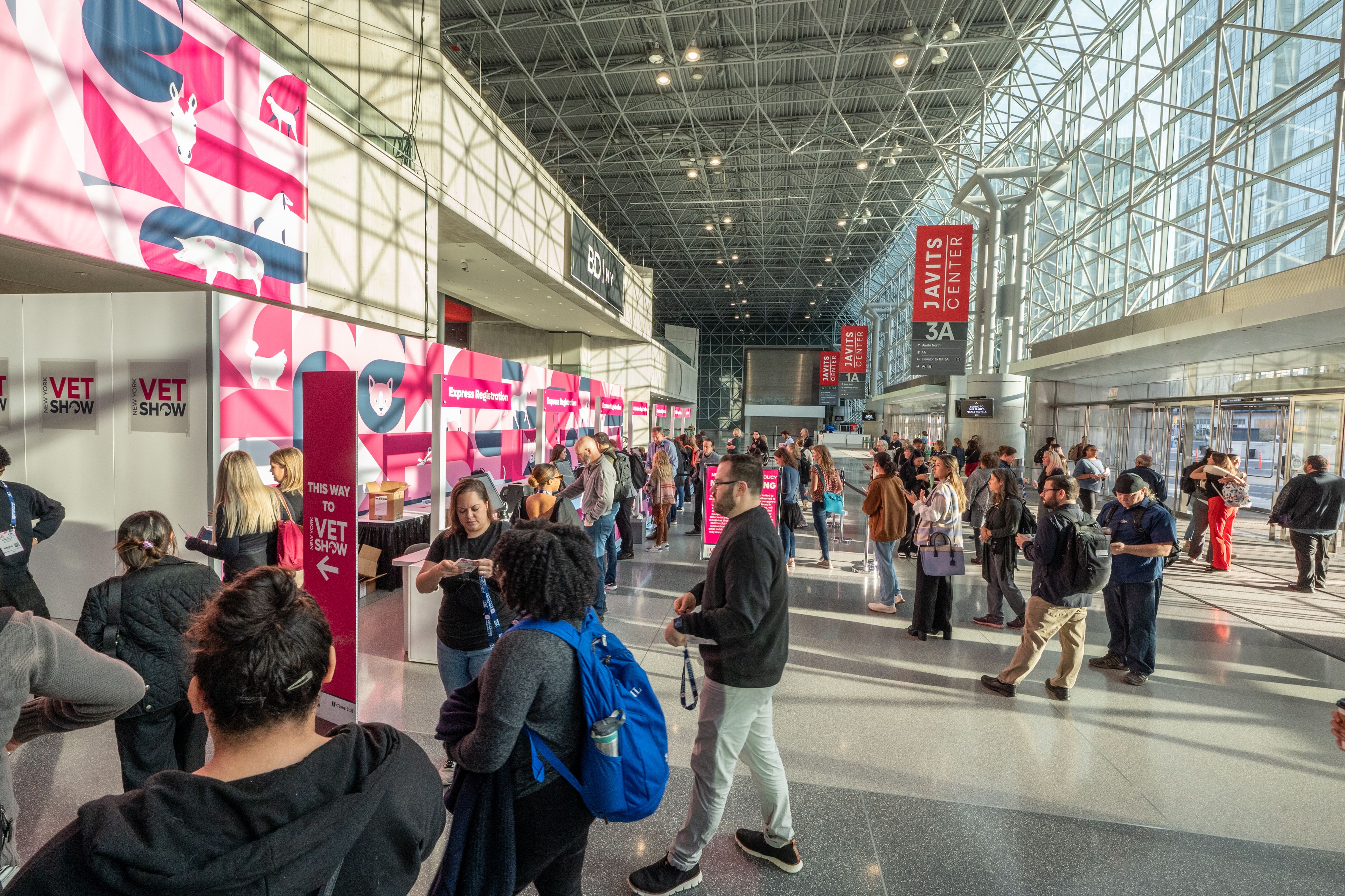An Interview With Dr. Jeff Mayo
)
Q: Can you tell us a little bit about yourself?
A: Absolutely! My name is Doctor Jeff Mayo, and I have been a veterinarian for 30 years. I graduated from Oregon State University and went into private practice for the first ten years. After that, I wanted to do something different, and I ended up starting a mobile surgery practice. And here we are almost 21 years later, and I’m still working in my mobile surgery practice.
I’ve done a lot of different things throughout my career, which I believe has given me a unique approach to veterinary medicine. I hold six college degrees and do a lot of business consulting and implant design. I also help people bring new products to the market and give lectures all over the world. My next big project are the TTA-RAPID courses at WWVS this fall, and again at the New York Vet Show. I'm also working on a book right now, which I’m really excited about. That's what I do in a nutshell!
Q: What specific aspect of the US Vet Shows are you most looking forward to?
A: I’ve spoken at most of the US Vet Shows before and I particularly enjoyed the Wild West one. The venue at the Peppermill Resort is fantastic—I've been there many times. There’s a spa and a casino, which makes it a great place for socializing in the evenings. The location is amazing, and even flying through the canyons to get to the tiny airport adds to the experience. Overall, it's the unique locations and the opportunity to connect with people from the industry that I look forward to the most.
Q: What advice do you have for attendees who want to maximize their learning experience and make the most out of their time in your hands-on labs?
The hands-on labs are geared towards general practitioners, addressing the challenges faced in veterinary medicine today, particularly the difficulty in referring patients to board-certified surgeons. I feel like the TTA Rapid® procedure is especially beneficial for general practitioners due to its shorter learning curve, it’s uncomplicated and cost effective.
During the lecture and lab sessions, we will equip attendees with all the necessary tools and knowledge. We’ll start with the basics, including how to diagnose the condition properly and conduct a thorough physical exam. We’ll cover the key questions to ask pet owners and how to review and interpret radiographs for accurate diagnosis. Attendees will also learn how to select the appropriate implant and understand all the required equipment in detail. By the end of the day, participants will have performed the procedure at least twice on various models and will be able to evaluate their own technique post-operatively. This approach ensures they’ll leave the hands-on labs confident and ready to conduct post operative evaluations of their own technique.
Q: What advice do you have for attendees who want to maximize their learning experience and make the most out of their time in your hands-on labs?
There are many resources available on the surgery. If attendees search "TTA RAPID" on Google, they'll find plenty of useful information. There's a YouTube channel provided by Rita Leibinger, the supplier of the implants, which features introductory videos. These videos cover basic concepts like the procedure itself, how it's performed, and how to measure radiographs to select the right size implant. By studying these videos beforehand, attendees can get a good understanding of the procedure and essentially get more out of the workshop. We keep the class sizes small to ensure I can talk to participants individually and provide more personalized guidance. Come prepared with questions and get ready for a long, but enjoyable day!
Q: How does the TTA Rapid® system compare in terms of surgery time, infection rates, and recovery time when compared to other treatment options?
A: Once you master the TTA Rapid® system, it typically takes about two dozen procedures to become proficient. Most practitioners can complete the surgery in 30 to 40 minutes, but with daily practice, I can finish it in 15 to 20 minutes. This is much faster compared to other procedures, hence the name "Rapid."
When it comes to infection rates, TTA Rapid® has a significant advantage. Many other procedures, such as extracapsular repairs, use nylon or braided sutures, which can introduce bacteria into the surgical site and lead to higher infection rates. TPO procedures also have high infection rates, possibly due to the use of stainless steel.
In contrast, TTA Rapid® uses titanium implants, which rarely cause infections. Additionally, TTA Rapid® is a minimally invasive surgery, which preserves soft tissue and blood flow, further reducing the risk of infection. This makes TTA Rapid® a much better option in terms of surgery time, infection rates, and recovery time compared to other treatment methods.
Q: What do you hope attendees will take away from the lecture and hands-on lab?
A: My primary goal is for attendees to leave the hands-on labs feeling confident in their ability to provide this level of care for their patients. I want them to feel comfortable and knowledgeable about how to start and perform the procedure. While there are advanced forms of the TA, I hope they understand that the basic procedure is straightforward and can be easily incorporated into their practice.
As an instructor, it's crucial to me that attendees feel confident in their abilities. That's why I provide my email address to them and encourage them to reach out with any questions or concerns they may have once they're back in their practice.
Q: What resources or support do you offer to attendees who may want to continue practicing or refining their skills after the hands-on lab session?
A: My support doesn't end with the session. As I’ve mentioned before, I encourage attendees to reach out to me via email with any questions or concerns they may have. They can also contact the US sales team for further assistance. I am always happy to help and provide guidance. In fact, I regularly receive emails and radiographs from practitioners worldwide, which I use to improve my lectures. This ongoing communication helps me ensure our success in teaching the procedure effectively.
Attendees can also find a lot of helpful instructional videos on YouTube. While not all online resources are of high quality, we ensure to guide them to the valuable content.
Q: Finally, what piece of advice would you like to give to individuals who are at the start of their veterinary career?
Looking back over 30 years of my career, I’d advise picking a niche, something that's interesting to you, and focusing on it. Make it your specialization while still trying to be a bit of a jack of all trades. It’s very important to gain enough experience in general practice to handle everyday cases.
Nowadays, my biggest concern is that veterinary students aren't getting enough surgical training while in school. That’s why when they have the opportunity to take part in a practical lab like the one we're providing, I really encourage them to do so.
If you want to experience these labs at Wild West Vet or New York Vet, reach out to our team today at +1 646-437-9080 or email us at vetshow@closerstillmedia.com.

